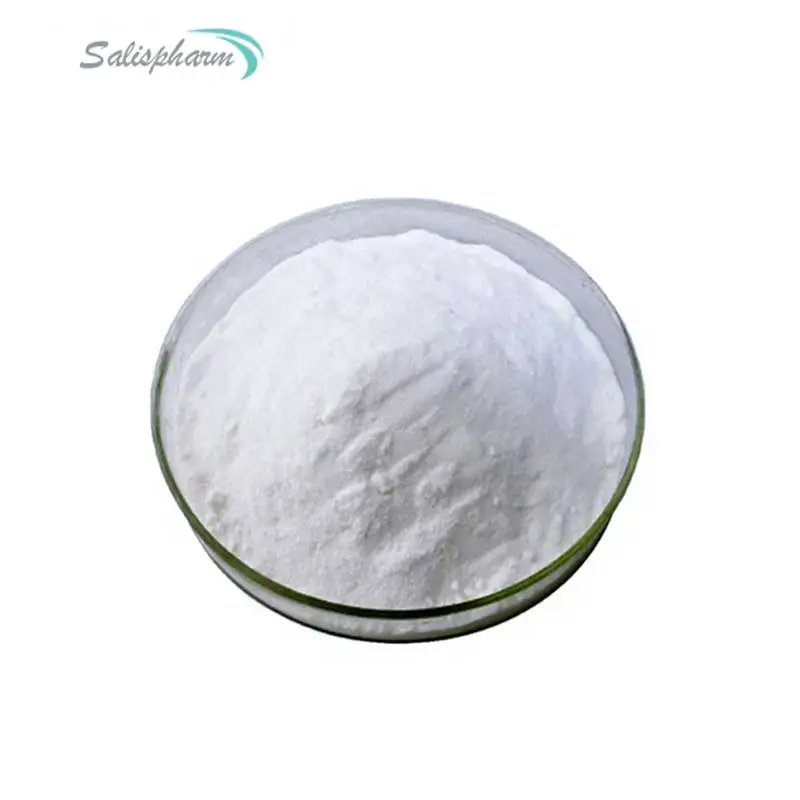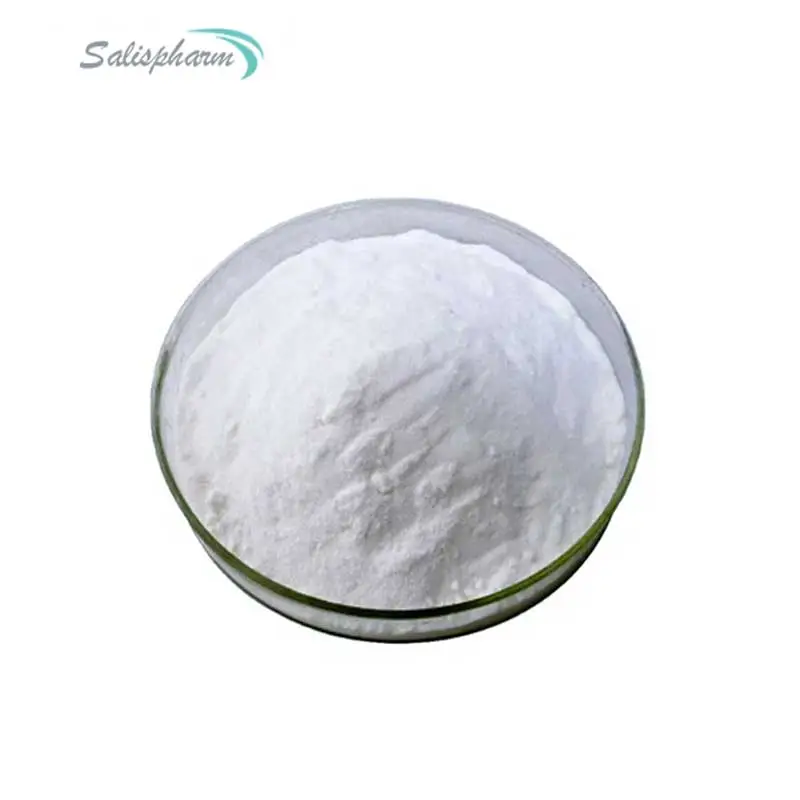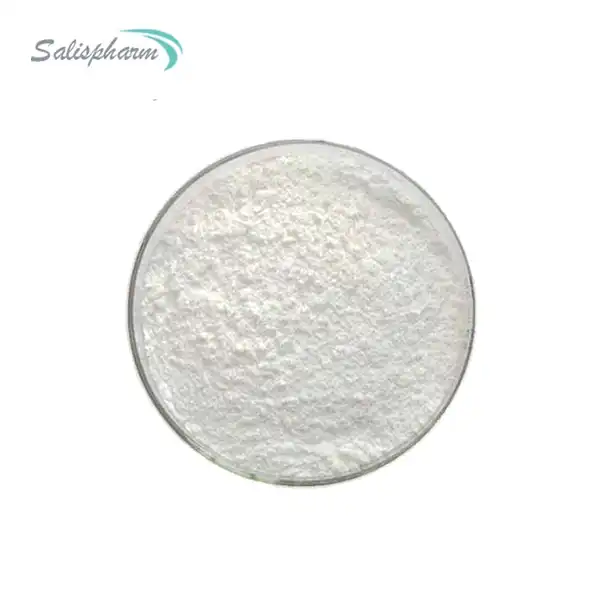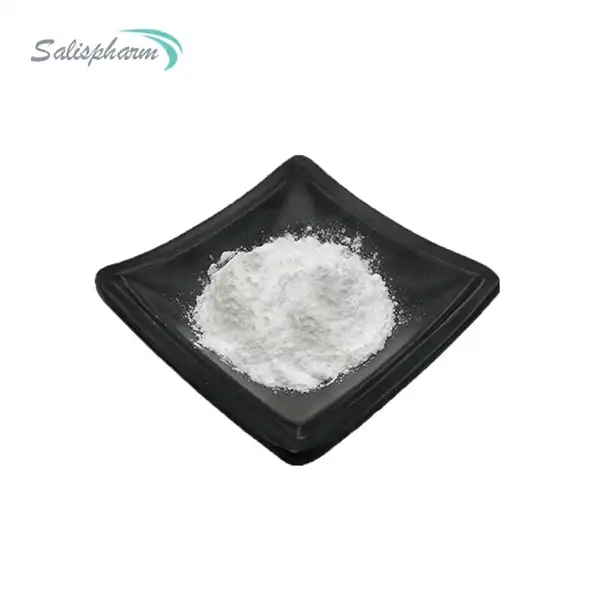Rivaroxaban is an anticoagulant medication prescribed to prevent and treat blood clots in various medical conditions, such as deep vein thrombosis, pulmonary embolism, and atrial fibrillation. While the medication is typically taken once or twice daily, some patients are advised to take the rivaroxaban powder at night. This article will explore the reasons behind this recommendation and address related queries.
Rivaroxaban belongs to a class of medications known as direct oral anticoagulants (DOACs) or novel oral anticoagulants (NOACs). Unlike traditional anticoagulants such as warfarin, rivaroxaban directly inhibits Factor Xa, a key enzyme in the blood clotting cascade. This mechanism of action provides more predictable anticoagulation effects and reduces the need for frequent monitoring of blood clotting levels.
The decision to take rivaroxaban at night is based on several factors, including the medication's pharmacokinetics, potential side effects, and the patient's individual needs. By taking rivaroxaban in the evening, patients may benefit from improved adherence to their medication regimen and potentially reduced risk of certain side effects.
What are the side effects of taking rivaroxaban at night?
Rivaroxaban, like other anticoagulants, can cause side effects, some of which may be more pronounced when taken at night. Common side effects include bleeding, bruising, nausea, and dizziness. However, taking rivaroxaban at night may reduce the risk of certain side effects, such as gastrointestinal bleeding, which is more likely to occur during the day when the stomach is actively digesting food.
One of the primary concerns with rivaroxaban and other anticoagulants is the increased risk of bleeding. This risk can manifest in various ways, from minor issues like prolonged bleeding from cuts or nosebleeds to more severe complications such as internal bleeding. Taking rivaroxaban at night may help distribute the anticoagulant effect more evenly throughout the 24-hour period, potentially reducing the peak concentrations that could lead to an increased bleeding risk during daily activities.
Patients may also experience fatigue or drowsiness as a side effect of Rivaroxaban Powder. By taking the medication at night, these effects may be less noticeable or bothersome, as they coincide with the body's natural sleep cycle. This timing can help improve overall tolerability and adherence to the prescribed regimen.
It's important to note that rivaroxaban can interact with other medications, supplements, and certain foods, potentially increasing the risk of bleeding or other adverse effects. For example, taking rivaroxaban with other blood thinners, nonsteroidal anti-inflammatory drugs (NSAIDs), or certain antifungal medications can significantly increase the risk of bleeding. Additionally, consuming large amounts of grapefruit or grapefruit juice can affect the metabolism of rivaroxaban, potentially altering its effectiveness.
Patients should discuss their complete medication regimen and dietary habits with their healthcare provider to ensure the safe and effective use of rivaroxaban. This includes disclosing any over-the-counter medications, herbal supplements, or dietary changes that may impact the medication's efficacy or safety profile.
Can rivaroxaban be taken with food or on an empty stomach?
Rivaroxaban Powder can be taken with or without food, as the presence or absence of food does not significantly affect its absorption and bioavailability. However, some patients may experience gastrointestinal discomfort or nausea when taking rivaroxaban on an empty stomach, particularly if they have a sensitive stomach.
Taking rivaroxaban at night with a light snack or a small amount of food may help alleviate potential gastrointestinal side effects. This approach can be especially beneficial for patients who are prone to stomach upset or those who have experienced nausea with other medications in the past. The presence of food in the stomach can help buffer the medication and reduce irritation to the gastric lining.
It's important to follow the specific instructions provided by your healthcare provider regarding the timing and administration of rivaroxaban in relation to meals. While food doesn't significantly impact the drug's absorption, maintaining consistency in how you take the medication can help ensure stable blood levels and predictable anticoagulant effects.
For patients taking the higher doses of rivaroxaban (15 mg or 20 mg) for conditions such as atrial fibrillation, it's recommended to take the medication with food to enhance absorption. This recommendation is based on pharmacokinetic studies showing improved bioavailability when the medication is taken with a meal.
How does the timing of rivaroxaban dosage affect its efficacy?
The timing of rivaroxaban dosage can impact its efficacy and safety. Rivaroxaban has a half-life of approximately 5 to 9 hours, which means that its concentration in the bloodstream decreases by half during that time frame. Taking rivaroxaban at night may help maintain a more consistent level of the medication in the body throughout the day and night, potentially enhancing its therapeutic effects.
By administering rivaroxaban in the evening, patients can benefit from peak drug levels occurring during the night when the risk of clot formation may be higher due to prolonged periods of immobility during sleep. This timing aligns with the body's natural circadian rhythms and may provide optimal protection against thrombotic events.
The consistency in timing is crucial for maintaining therapeutic levels of rivaroxaban in the bloodstream. Patients should aim to take their medication at approximately the same time each day to ensure a steady state of anticoagulation. This regularity helps prevent fluctuations in drug levels that could potentially lead to periods of increased clotting risk or, conversely, elevated bleeding risk.
Additionally, certain medical conditions or procedures may require adjustments to the timing of rivaroxaban dosage. For example, patients undergoing surgery or invasive procedures may be instructed to take their last dose of Rivaroxaban Powder at a specific time before the procedure to minimize the risk of bleeding complications. The timing of discontinuation before a procedure depends on various factors, including the type of procedure, the patient's renal function, and the assessed bleeding risk.
In some cases, healthcare providers may recommend splitting the daily dose of rivaroxaban into two administrations for specific indications. This approach can help maintain more stable drug levels throughout the day, particularly in patients with a higher risk of thrombotic events or those with impaired drug clearance.
It's crucial to follow the dosage instructions provided by your healthcare provider and to adhere to the prescribed timing for taking rivaroxaban. Any changes to the dosage schedule or timing should be discussed with your healthcare provider to ensure the optimal management of your condition.
Conclusion
Taking rivaroxaban powder at night is a common recommendation for several reasons, including potential reduction of certain side effects, convenience, and maintaining consistent medication levels in the body. The evening administration can align with the body's natural rhythms, potentially optimizing the anticoagulant effect during periods of increased risk, such as nighttime immobility.
The benefits of nighttime dosing include improved adherence to the medication regimen, as it can be incorporated into a bedtime routine. This timing may also help mitigate some of the side effects, such as fatigue or dizziness, by having them occur during sleep. Additionally, for patients who experience gastrointestinal discomfort, taking rivaroxaban with a light evening snack can help reduce stomach irritation.
However, it's essential to follow your healthcare provider's specific instructions regarding the timing and administration of rivaroxaban, as individual circumstances and medical conditions may require adjustments. Factors such as renal function, concomitant medications, and specific thrombotic risk profiles can influence the optimal dosing strategy for each patient.
Patients should be aware of the potential interactions between rivaroxaban and other medications, supplements, or foods. Regular communication with healthcare providers about any changes in health status, medication regimen, or upcoming procedures is crucial for maintaining safe and effective anticoagulation therapy.
As with any anticoagulant medication, patients taking rivaroxaban should be vigilant for signs of excessive bleeding or unusual bruising and report these to their healthcare provider promptly. Regular follow-up appointments and adherence to prescribed monitoring schedules are important aspects of managing rivaroxaban therapy effectively.
In conclusion, while nighttime administration of Rivaroxaban Powder can offer several advantages, the decision on timing should be made in consultation with a healthcare provider, taking into account the individual patient's needs, medical history, and specific risk factors. By working closely with their healthcare team, patients can optimize the benefits of rivaroxaban therapy while minimizing potential risks and side effects.
If you are also interested in this product and want to know more product details, or want to know about other related products, please feel free to contact iceyqiang@gmail.com
References:
1. Bayer HealthCare. "Rivaroxaban (Xarelto) Prescribing Information." Accessed June 20, 2024.
2. Frost, C., et al. "Pharmacokinetics of rivaroxaban in patients with atrial fibrillation: a review." Journal of Thrombosis and Thrombolysis, vol. 46, no. 2, 2018, pp. 255-264.
3. Pollack, C.V., et al. "Optimizing the Use of Rivaroxaban in Patients with Atrial Fibrillation." Cardiology Clinics, vol. 36, no. 2, 2018, pp. 235-247.
4. Samama, M.M., et al. "Rivaroxaban for thromboprophylaxis after orthopedic surgery: a review of the clinical trial program." Expert Review of Cardiovascular Therapy, vol. 13, no. 11, 2015, pp. 1273-1286.
5. Turpie, A.G., et al. "Rivaroxaban for the prevention of venous thromboembolism after hip or knee arthroplasty." New England Journal of Medicine, vol. 365, no. 6, 2011, pp. 510-519.
6. Weitz, J.I., et al. "Rivaroxaban: A novel oral anticoagulant for the treatment of venous thromboembolism and prevention of stroke in atrial fibrillation." Thrombosis and Haemostasis, vol. 110, no. 5, 2013, pp. 823-834.
7. Zhu, T., et al. "Pharmacokinetics and safety of rivaroxaban in patients with various degrees of renal impairment." Thrombosis Research, vol. 142, 2016, pp. 87-93.
8. Ageno, W., et al. "Oral anticoagulant therapy: Antithrombotic Therapy and Prevention of Thrombosis, 9th ed: American College of Chest Physicians Evidence-Based Clinical Practice Guidelines." Chest, vol. 141, no. 2 Suppl, 2012, pp. e44S-e88S.
9. Agnelli, G., et al. "Rivaroxaban versus enoxaparin for thromboprophylaxis after total knee arthroplasty." New England Journal of Medicine, vol. 365, no. 17, 2011, pp. 1597-1607.
10. Eriksson, B.I., et al. "Rivaroxaban versus enoxaparin for thromboprophylaxis after hip arthroplasty." New England Journal of Medicine, vol. 358, no. 26, 2008, pp. 2765-2775.







